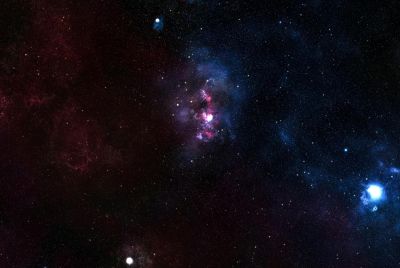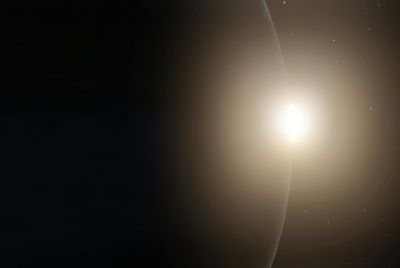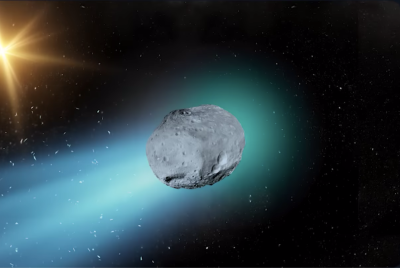3I/Atlas 'Real Images' Release: NASA Photos Could Finally Answer Interstellar Object Mystery - Is It An Alien Spacecraft?
NASA's delayed HiRISE images may reveal 3I/ATLAS's origins with unprecedented interstellar detail.

A long-awaited set of high-resolution NASA photographs may soon clarify whether the interstellar object 3I/ATLAS is a natural visitor or something far more unusual.
The release of new images of 3I/ATLAS, captured by the Mars Reconnaissance Orbiter's HiRISE camera between 1 October and 7 October 2025, is expected as early as next week. The photographs were delayed during the recent US government shutdown, which ended on 12 November 2025, leaving the material temporarily withheld. An agency source confirmed that the images, once cleared, will be the sharpest views of the Manhattan-sized object so far.
The source also noted that the new material will exceed the clarity of the 21 July Hubble Space Telescope images, which until now have served as the most detailed available. NASA intends for the release to present a decisive opportunity to examine the object's structure.
Scientific Stakes and Public Interest Intensify
Harvard astrophysicist Avi Loeb has repeatedly examined 3I/ATLAS due to its unusual features, including an anti-tail that extends towards the Sun rather than away from it. He stated that such a feature is not seen in normal comets and warrants close study. Loeb has argued that clearer photographs will allow researchers to determine the true nature of the object's nucleus.
Loeb has also criticised the delay, calling it a result of administrative obstruction. He said that scientific material should have been issued promptly despite the shutdown. He added that only the release of data, and not bureaucratic handling, will clarify what 3I/ATLAS actually is.
Could the Object Be Artificial?
Loeb has previously noted that the unusual shape and behaviour of 3I/ATLAS leave open several interpretations, including the remote possibility of artificial origin. He has commented that the new images will provide a crucial side-view perspective with spatial resolution three times better than that of Hubble. He added that, even if the solid nucleus itself cannot be fully resolved, the brightest pixel will allow researchers to place a strict limit on its diameter.
The forthcoming photographs are expected to show detail fine enough to help determine whether the object's core is typical of known interstellar bodies. Loeb described the upcoming HiRISE material as an unmatched chance to narrow down its physical properties. He noted that a single image can convey more technical information than extended speculation.
Timeline of Events and What Happens Next
The object passed Mars in early October during the period when the HiRISE images were taken. Soon after, rumours spread among sky watchers that 3I/ATLAS had fragmented during its close encounter with the Sun. Earlier this week, observers confirmed that it remained intact, easing fears that key scientific information had been lost.
Now travelling rapidly towards Jupiter, 3I/ATLAS will next be tracked by NASA's Juno spacecraft. The European Space Agency's JUICE mission will also monitor its movement and brightness while it passes through the outer solar system. The object is projected to depart the solar system entirely in March 2026.
What the Incoming Images May Reveal
NASA expects the forthcoming photographs to help researchers evaluate whether 3I/ATLAS behaves like a large comet or something more atypical. Its anti-tail remains one of the strongest motivations for renewed attention, as the structure does not match standard models describing dust and gas flow around cometary bodies.
Loeb has said that the nucleus, once measured, may provide the clearest indication of the object's origin. The agency source explained that the images will present the highest resolution ever obtained of the object's surface features. Analysts hope to use the material to compare its brightness patterns with known interstellar samples.
A Potential Turning Point in the Debate
The upcoming HiRISE images may bring an end to speculation that has followed 3i/ATLAS since its detection. They may also determine whether any claims of artificial construction have factual support. As the scientific community awaits the release, the question stands: will the images indicate a natural interstellar body, or could they suggest that 3I/ATLAS is something closer to an alien spacecraft?
© Copyright IBTimes 2025. All rights reserved.





















